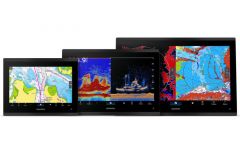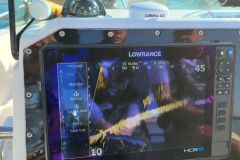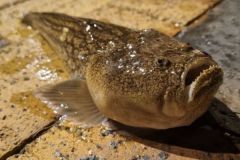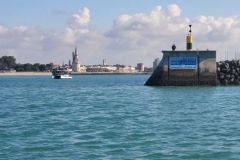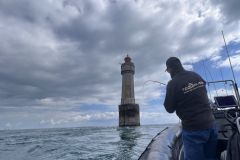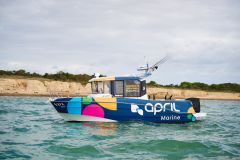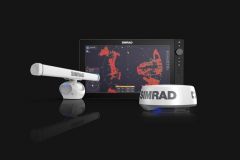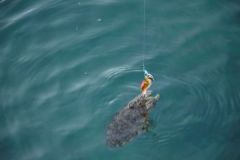Choose the right side of the boat
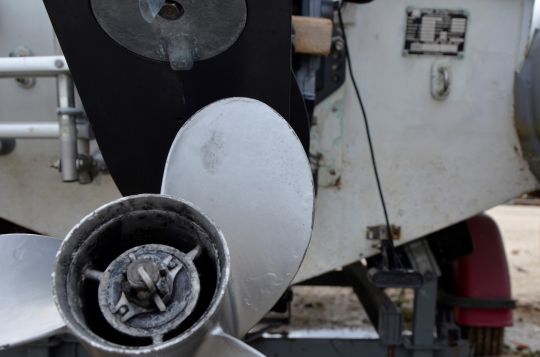
A probe is not randomly attached to a boat's hull. Drilling into a hull necessarily compromises its integrity and should be done as little as possible. It's important to find out beforehand which way the motor's propeller turns. Some propellers turn clockwise, that is, right-handed. ├euros conversely, a propeller with a left-hand pitch rotates counterclockwise.
The transducer should be placed on the starboard (right) side when the propeller has a right-hand pitch, and vice versa for the left-hand pitch. This greatly reduces disturbances and air bubbles created by the propeller when the boat is running. Some transducers can also be mounted in the center of the boat, or even at the bow.
Placement according to the shape of the hull
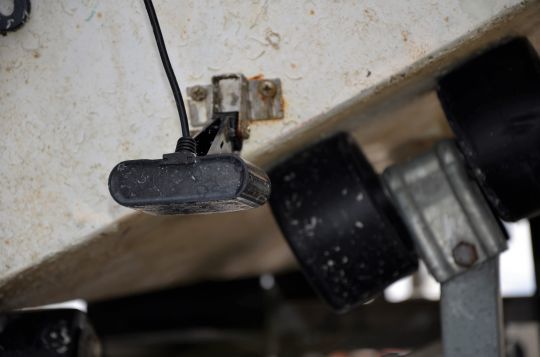
├euros the exception in the case of completely flat-bottomed hulls, each boat has ridges positioned at different points on the hull, mainly to stabilize it when turning and to avoid oversteering during a maneuver. These edges create disturbances in the water and bubbles at high speeds, just like the propeller. These disturbances can prevent the waves emitted by the probe from touching the bottom and therefore from being properly captured.
This means that the transducer must be positioned on an edge-free axis, well away from the propeller and as close to the hull as possible. A transducer that is too high may not work because the waves will bounce off the hull. On the other hand, a transducer that is too low will be subjected to strong forces when the boat is in motion and may come loose or even break.
Determining the right slope
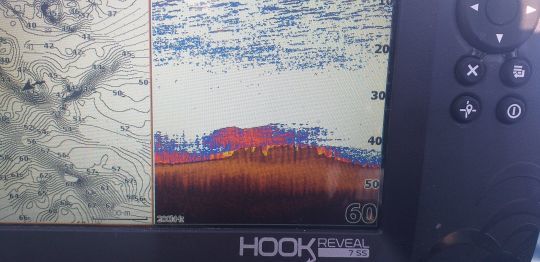
Once your transducer is mounted on the correct side of the boat and properly positioned for the hull's characteristics, you'll need to find the correct tilt. This is the only thing about setting up a transducer that can be easily adjusted after installation. The most important thing is to place it parallel to the waterline. The waterline is different on every boat and varies depending on the weight placement in the boat. So you'll need to be in the boat, at your helm, and identify that waterline.
An empty boat, with no fisherman or fishing equipment, will be lighter and the weight distribution will be different. You can experiment on board, while fishing, by trying to set the transducer as horizontally as possible. A probe that is too high will sound behind the boat, while a probe that is too low will sound forward.
A perfectly placed transducer will allow you to monitor everything that's happening in the vicinity of the boat.

 /
/ 



